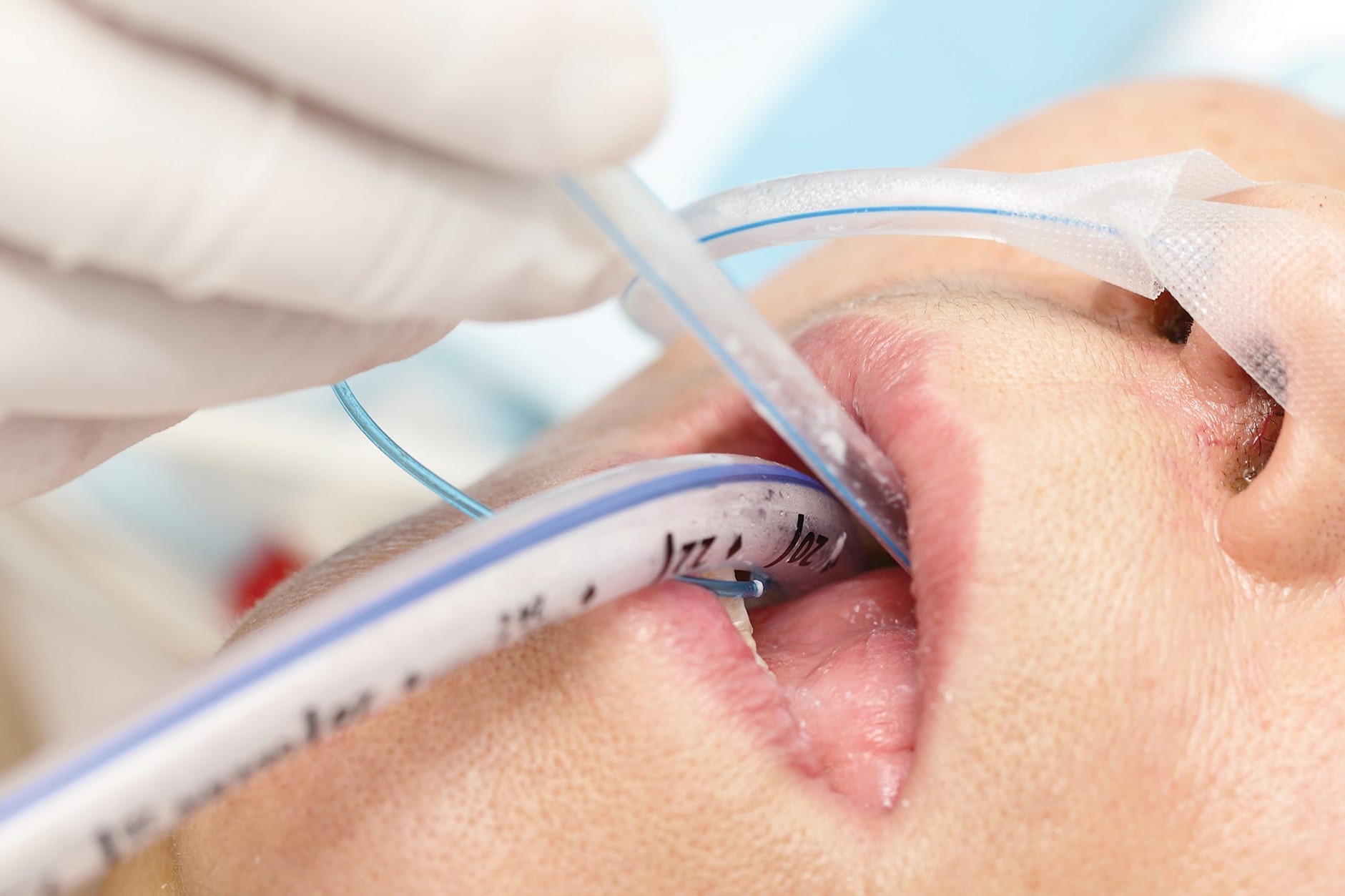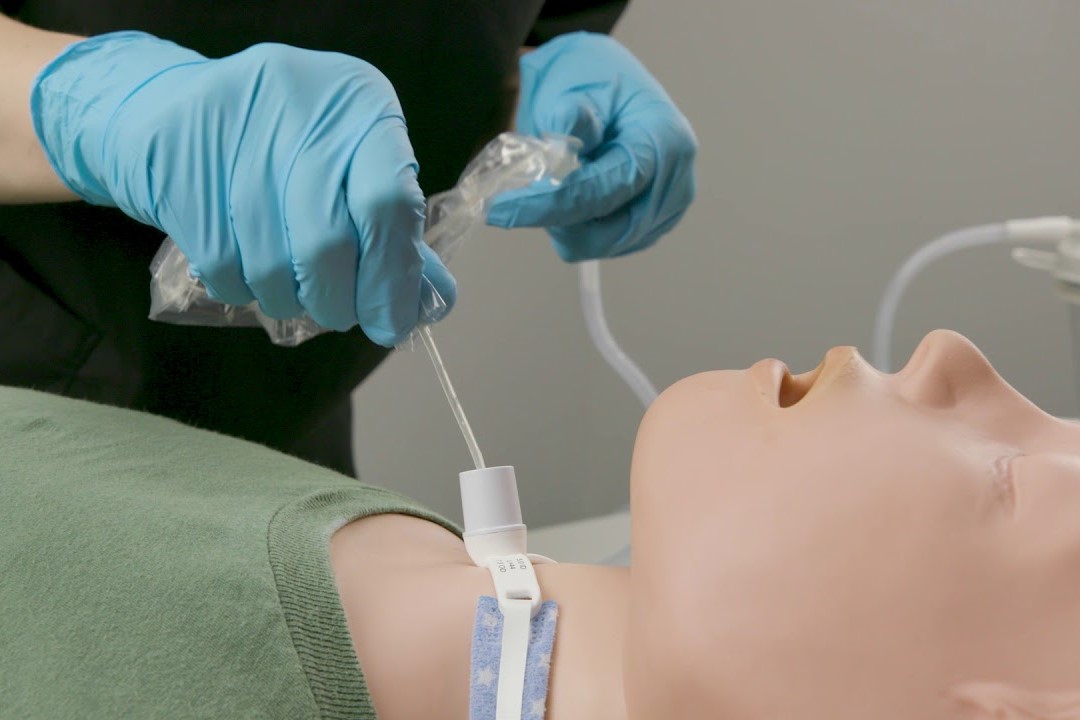
The Purpose of Suctioning Patients During Sedation
Aspiration during sedation: with the advent of minimally invasive office procedures, patients increasingly choose sedation instead of general anaesthesia
The increasing popularity of conscious sedation and similar pain and anxiety management strategies requires healthcare professionals to master the art of suctioning a sedated patient’s airway.
Here is what you need to know about the purpose of suctioning patients during sedation.
Suctioning in Dentistry
Suctioning is a key skill in dentistry, even for routine cleanings. When patients are sedated for fillings, extractions, and other procedures, suctioning is even more important. In dental practices, suctioning under sedation can:
- Remove blood following extractions and other procedures.
- Remove excess secretions when a patient is unable to clear their own airway or when saliva prevents a dentist from seeing or working on the site.
- Prevent choking and aspiration when oral structures break loose or when blood or other fluids occlude the airway.
Preventing and Treating Aspiration
When a patient is sedated, their altered state of consciousness can inhibit or totally eliminate their ability to clear airway secretions.
This increases the risk of aspiration, particularly if the patient vomits or bleeds during surgery.
Suctioning any excess fluids in the mouth lowers the risk to the patient.
If a patient begins actively vomiting or bleeding, prompt suctioning can reduce the volume of contaminants the patient inhales.
The volume of aspirate swallowed directly correlates to the risk of mortality following an aspiration event.
This is because the more fluid a patient aspirates, the more dangerous microbes they are exposed to. In patients with compromised immune systems, the risk of death from aspiration is especially high.
Clearing Airway Secretions
The airway naturally processes secretions, even under sedation.
Patients with chronic respiratory diseases or neurological conditions may have difficulty clearing their airways even when fully conscious.
Under sedation, more patients struggle to clear the airway or even to notice that the airway must be cleared.
Suction under sedation maintains establishing a patent airway by clearing secretions.
This can also reduce the risk of coughing, which can make dental and other oral procedures more difficult.
THE BEST PORTABLE SUCTION EQUIPMENT? VISIT THE SPENCER BOOTH AT EMERGENCY EXPO
Managing Emergencies
Suctioning can treat a wide range of emergencies during surgical procedures that require sedation.
Some examples include:
- Clearing the airway when unexpected bleeding threatens aspiration
- Reducing the volume of vomit a patient aspirates when the patient suddenly begins vomiting
- Preventing choking when dental structures break loose or removing airway obstructions in a patient who is actively choking
- Clearing the airway in a patient who is experiencing anaphylaxis following an allergic reaction
Portable Suction Matters
A provider’s duty to their patient does not end with sedation.
Some patients experience complications while coming out of sedation or recovering.
This phenomenon demands that providers be prepared to treat airway-related emergencies wherever a patient is—not just in the surgical suite or hospital room.
Hospitals are legally required to provide emergency care to patients within 250 yards of the hospital.
Other healthcare providers who are equipped to tend to patients even after they leave surgery can save lives and bolster their professional reputation.
Read Also:
Emergency Live Even More…Live: Download The New Free App Of Your Newspaper For IOS And Android
Obstructive Sleep Apnoea: What It Is And How To Treat It
Obstructive Sleep Apnoea: Symptoms And Treatment For Obstructive Sleep Apnoea
Our respiratory system: a virtual tour inside our body
Tracheostomy during intubation in COVID-19 patients: a survey on current clinical practice
Respiratory Distress: What Are The Signs Of Respiratory Distress In Newborns?
EDU: Directional Tip Suction Catheter
Suction Unit For Emergency Care, The Solution In A Nutshell: Spencer JET
Tracheal Intubation: When, How And Why To Create An Artificial Airway For The Patient
What Is Transient Tachypnoea Of The Newborn, Or Neonatal Wet Lung Syndrome?
Diagnosis Of Tension Pneumothorax In The Field: Suction Or Blowing?



